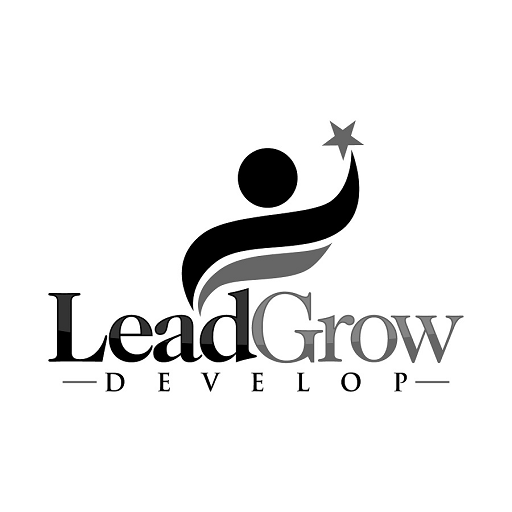In today’s fast-paced world, where online shopping has become the norm, the demand for delivery and fulfillment services has skyrocketed. By creating an e-commerce delivery fulfillment business, you can leverage this growing trend and build a successful business. In this blog, we will be using the Business Model Canvas to map out the key elements of the business. Click here to receive a free template!
Key Elements of a Business Model Canvas to Start an E-commerce Delivery Fulfillment Business
Customer Segments
The first step in creating an e-commerce delivery fulfillment business is to identify the customer segments you will serve. Who are the individuals or businesses that will use your delivery and fulfillment services? Understanding your target audience will help you tailor your services to meet their specific needs and preferences.
Value Proposition
The next step in the business model canvas is to define the value proposition of your e-commerce delivery fulfillment business. What sets your business apart from others in the industry? How will you provide a better solution for your customers compared to the competition?
Channels
The next step is to determine the channels through which you will reach your customer segments. Will you offer your services through a website, a mobile app, or both? How will you ensure that your customers can easily find and use your services?
Customer Relationships
Another important aspect of your e-commerce delivery fulfillment business is building strong relationships with your customers. How will you engage with your customers to understand their needs and preferences? How will you ensure that they have a positive experience with your services?
Revenue Streams
The next step in the business model canvas is to define the revenue streams for your e-commerce delivery fulfillment business. How will you generate income from your services? Will you charge a fee for each delivery, or will you offer a subscription-based model?
Generating Income
The next step is to define the revenue streams for your e-commerce delivery fulfillment business. How will you generate income from your services?
Aligning with Customer Needs
It is important to align your revenue streams with the specific needs and preferences of your customers. This will help you build a sustainable and profitable business.
Key Resources
The next step is to identify the key resources required to run your e-commerce delivery fulfillment business. What resources will you need to acquire, develop, or outsource? How will you ensure that you have the resources in place to deliver high-quality services to your customers?
Key Partners
Another important aspect of your e-commerce delivery fulfillment business as per the business model canvas is identifying key partners that can help you grow and succeed. Who will you work with to bring your services to market? What partnerships will you need to form to ensure that your business is well-positioned for success?
Identifying Partners
Another important aspect of your e-commerce delivery fulfillment business is identifying key partners that can help you grow and succeed. Who will you work with to bring your services to market?
Forming Partnerships
What partnerships will you need to form to ensure that your business is well-positioned for success? Having strong partnerships can provide access to resources and support that can help your business thrive.
Cost Structure
The final step is to define the cost structure of your e-commerce delivery fulfillment business. What are the key costs associated with delivering your services? How will you ensure that your costs are aligned with your revenue streams to achieve profitability?
Labor costs
The wages and salaries of your employees, including delivery personnel, warehouse staff, customer service representatives, and administrative staff.
Transportation Costs
The cost of fuel, maintenance, and insurance for delivery vehicles, as well as the cost of shipping supplies such as boxes, packing materials, and labels.
Equipment Costs
The cost of acquiring and maintaining delivery vehicles, warehouse equipment, and technology equipment such as computers, printers, and phones.
Storage Costs
The cost of renting or leasing warehouse space, including rent, utilities, and maintenance expenses.
Administrative Costs
The cost of office supplies, accounting and legal services, marketing and advertising expenses, and insurance.
It is important to carefully manage your cost structure to ensure that your expenses are aligned with your revenue streams. This will help you maintain a healthy profit margin and ensure the long-term success of your business. By considering the key cost drivers and finding ways to optimize them, you can keep your costs under control and build a sustainable business.
Conclusion
By using the Business Model Canvas, you can map out the key elements of your e-commerce delivery fulfillment business and create a roadmap for success. With a clear understanding of your customer segments, value proposition, channels, customer relationships, revenue streams, key resources, key partners, and cost structure, you can build a business that is well-positioned to meet the needs of your customers and achieve success.
